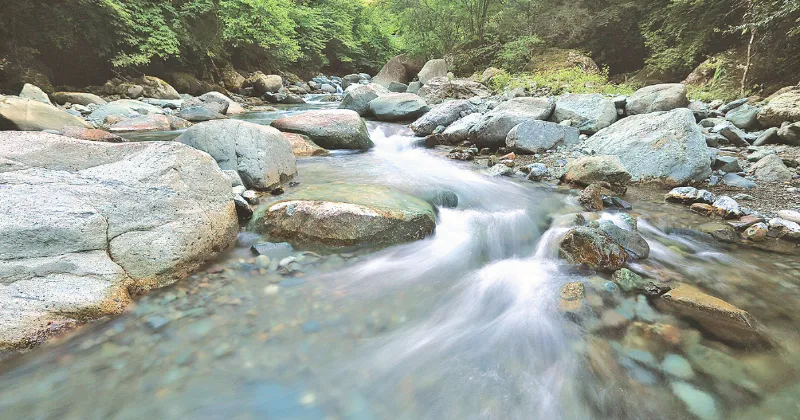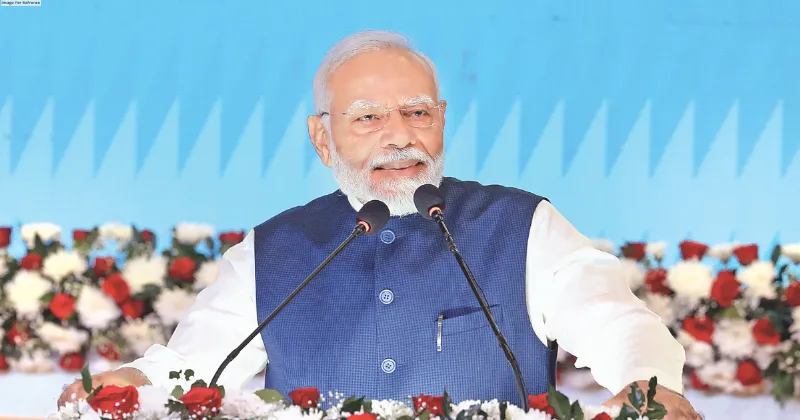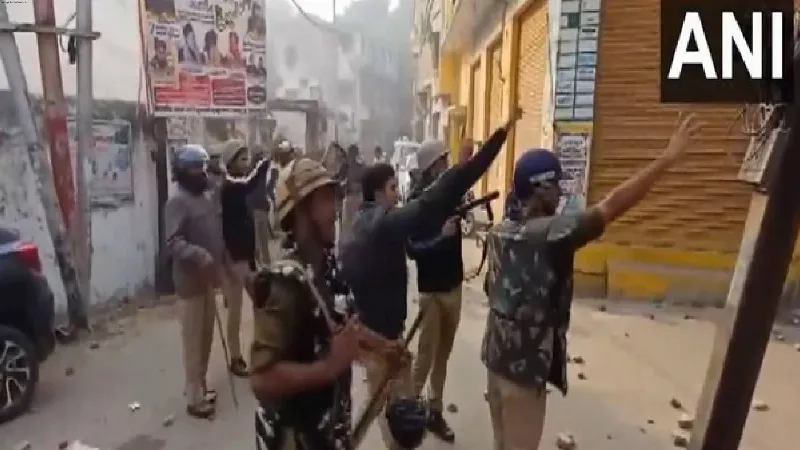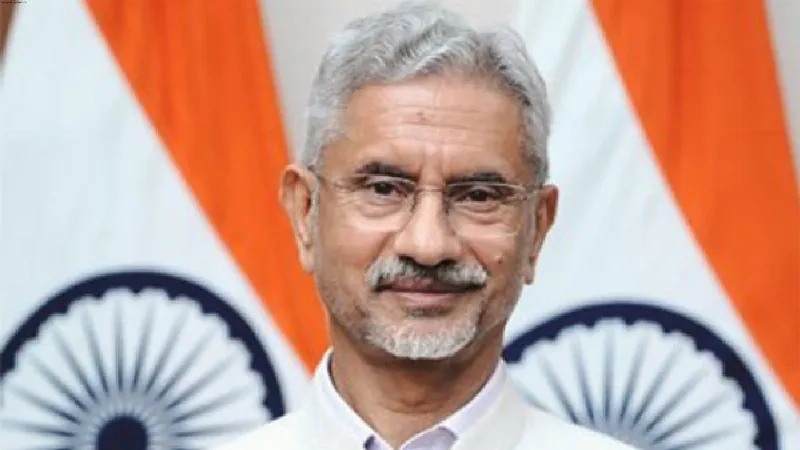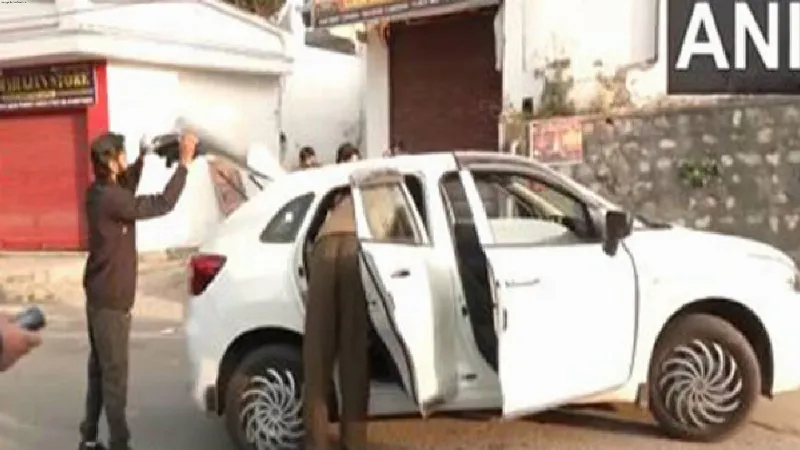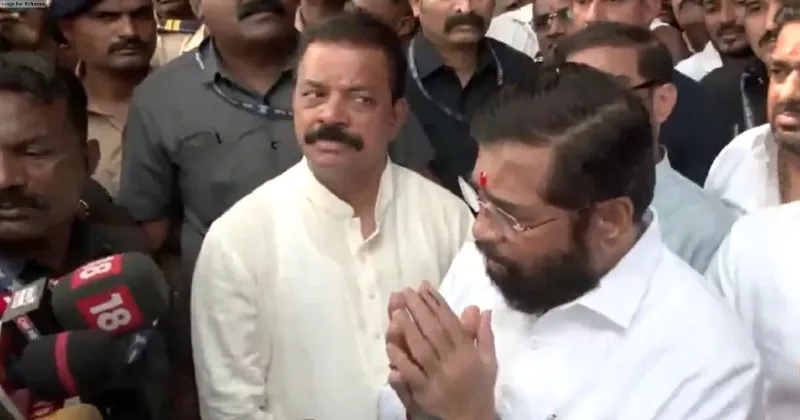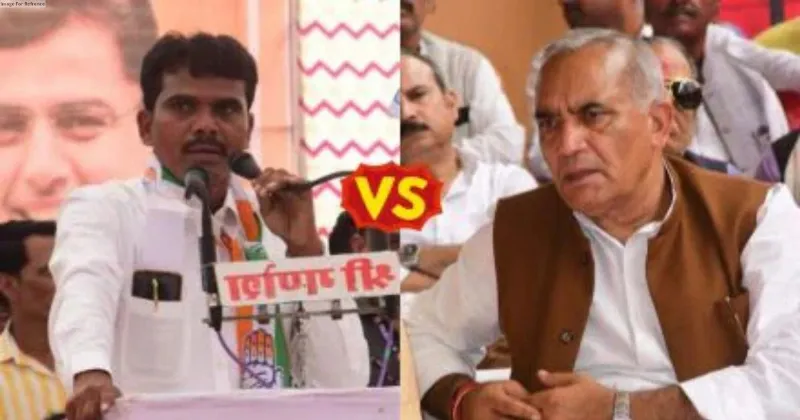Latest News
EVENTS THAT NEVER HAPPENED COULD INFLUENCE 2024 PRESIDENTIAL ELECTION
.png)
Imagine an October surprise like no other: Only a week before Nov. 5, 2024, a video recording reveals a secret meeting between Joe Biden and Volodymyr Zelenskyy. The American and Ukrainian presidents agree to immediately initiate Ukraine into NATO under “the special emergency membership protocol” and prepare for a nuclear weapons strike against Russia. Suddenly, the world is on the cusp of Armageddon.
While journalists could point out that no such protocol exists and social media users might notice odd video-gamelike qualities of the video, others might feel that their worst fears have been confirmed. When Election Day comes, these concerned citizens may let the video sway their votes, unaware that they have just been manipulated by a situation deepfake – an event that never actually happened.
Situation deepfakes represent the next stage of technologies that have already shaken audiences’ perceptions of reality. In our research at the DeFake Project, my colleagues at the Rochester Institute of Technology, the University of Mississippi, Michigan State University and I study how deepfakes are made and what measures voters can take to defend themselves from them.
IMAGINING EVENTS THAT NEVER HAPPENED
A deepfake is created when someone uses an artificial intelligence tool, especially deep learning, to manipulate or generate a face, a voice or – with the rise of large language models like ChatGPT – conversational language. These can be combined to form “situation deepfakes.”
DEEPFAKING AN ELECTION
Now put yourself in the position of someone trying to influence the upcoming election. What are the possible situations you might want to create? For starters, it would matter whether you wanted to tilt voting toward or away from a specific outcome.
DEFENDING REALITY
There are a variety of technological and psychological ways to detect and defend against situation deepfakes. On the technological front, all deepfakes contain some evidence of their true nature. Some of these tells can by seen by the human eye – like overly smooth skin or odd lighting or architecture – while others may be detectable only by a deepfake-hunting AI.
ON THE TECHNOLOGICAL FRONT
All deepfakes contain some evidence of their true nature. Some of these tells can by seen by the human eye – like overly smooth skin or odd lighting or architecture – while others may be detectable only by a deepfake-hunting AI.
We are building DeFake’s detector to use AI to catch the telltale signs of deepfakes, and we are working to try to have it ready in time for the 2024 election. But even if a sufficiently powerful deepfake detector like ours cannot be deployed by Election Day, there are psychological tools that you, the voter, can use to identify deepfakes: background knowledge, curiosity and healthy skepticism.
If you encounter media content about a person, place or event that seems uncharacteristic, trust your background knowledge. For example, in a recent hoax of a fire at the Pentagon, the building shown looks more square than pentagonal, which could be a giveaway.
SOURCE: THE CONVERSATION

